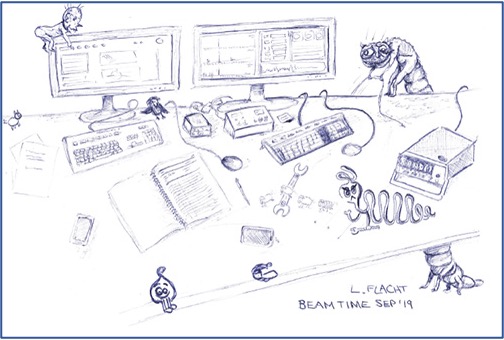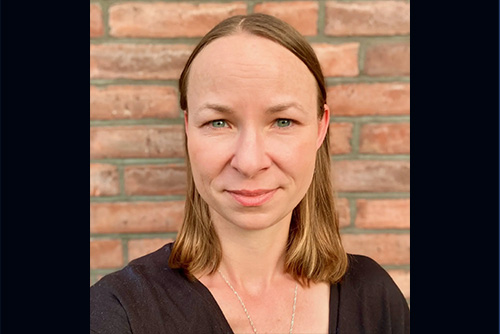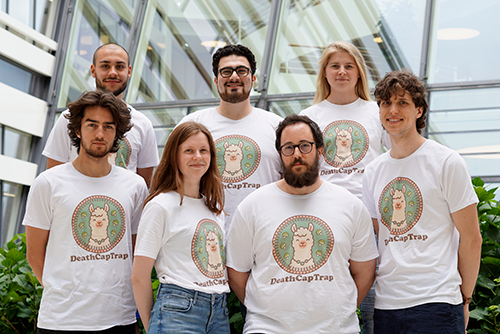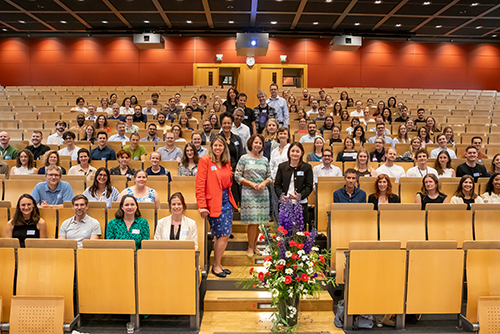15.6 Million Euros Granted for High-Tech Microscopes
How do pathogens interact at the molecular level?
The German Research Foundation (DFG) has granted 15.6 million Euros for high-tech microscopes that will be used for fundamental infection biology research
The German Research Council has granted the Universität Hamburg co-financing for establishing a 15.6 million Euro electron cryo-microscopy facility in the new building of Centre for Structural Systems Biology’s (CSSB). The German Federal Government will provide 50% of the overall financing and the city of Hamburg will provide the other 50%. With this investment, the Universität Hamburg is contributing to establishment of the first German research centre that possesses these high-powered microscopes and is also located directly in the vicinity of complementary electron-synchrotron research infrastructures.
These high-tech microscopes enable three-dimensional imaging of biological structures at the molecular level. With the help of five electron cryo-microscopes, scientists will study the complex molecular structures and function of pathogens as well as their interactions with host cell components such as proteins and membranes. The insights gained from this research will contribute to the identification of critical steps in the infection process and to the development of novel intervention strategies.
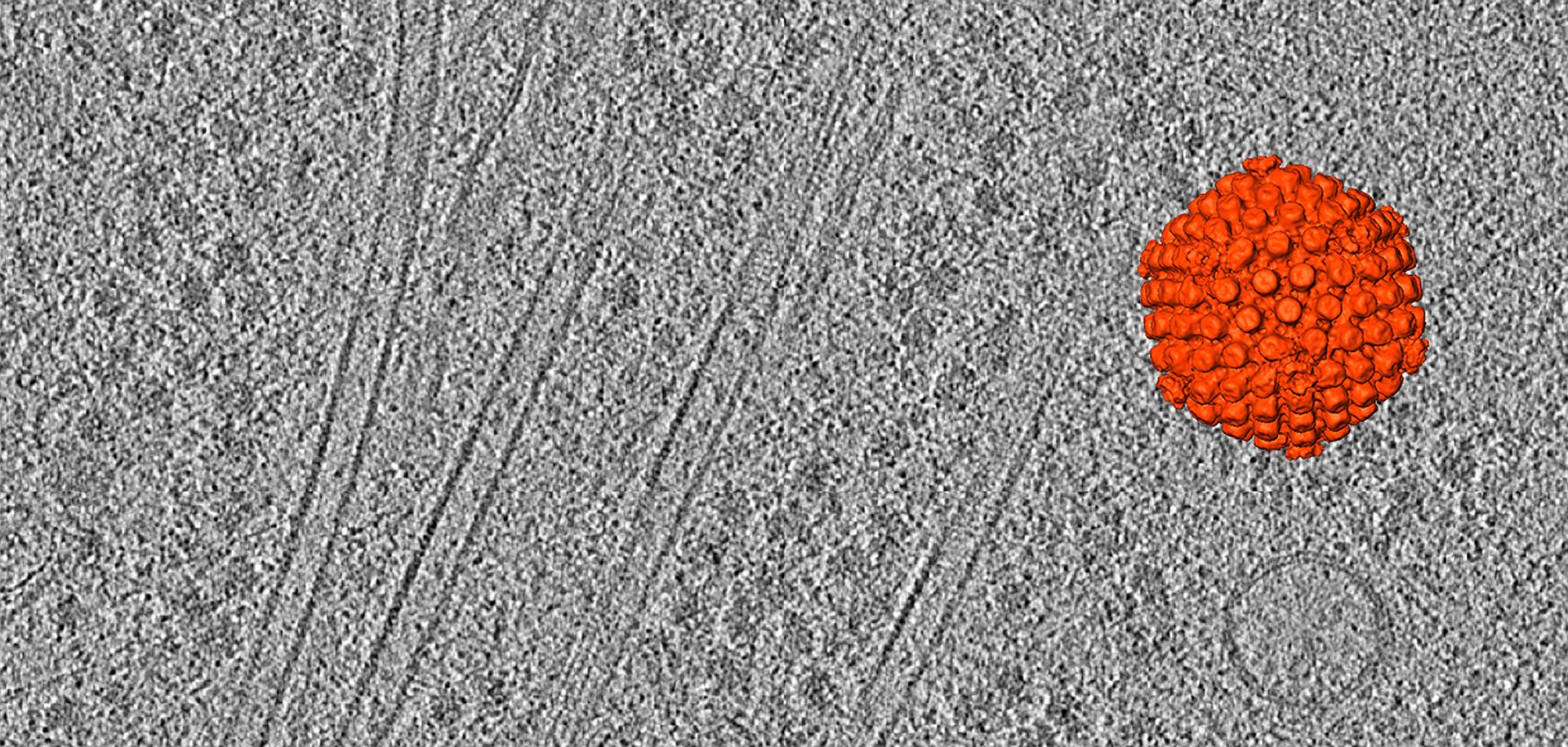
In addition to the Universität Hamburg as leading grant applicant and the University Medical Center Hamburg-Eppendorf (UKE) as further main user of the facility, there are seven other academic research partners involved in CSSB, an interdisciplinary research center on the Hamburg-Bahrenfeld research campus. The other CSSB partners are the Bernhard Nocht Institute for Tropical Medicine (BNITM), Deutsches Elektronen-Synchrotron (DESY), the European Molecular Biology Laboratory (EMBL), Forschungszentrum Jülich (FZJ), the Hannover Medical School (MHH), the Heinrich Pette Institute, Leibniz Institute for Experimental Virology (HPI), and the Helmholtz Centre for Infection Research (HZI). The research groups in the new CSSB building, with laboratory areas specifically designed to accommodate the electron cryo-microscopy facility, will investigate pathogens from all there organism groups: viruses, bacteria, and eukaryotic parasites.
Hamburg’s Senator for Science, Research and Equality, Katharina Fegebank: “I congratulate the Universität Hamburg and the other institutions involved in securing the DFG funds. The electron cryo-microscopy facility fits perfectly with the exceptional, existing infrastructure. This facility is an important building block for the expansion of Hamburg-Bahrenfeld research campus into an international science park.”
The President of the Universität Hamburg, Prof. Dr. Dieter Lenzen states “We are extremely excited about receiving the approval for the high-tech microscopes. Cutting edge research relies on cutting-edge technology – that the Universität Hamburg is able to be the main user of this electron cryo-microscopy facility within the frame work of CSSB is a not only a key success for infection biology research at our university but also for our partners.”
Matthias Wilmanns, Scientific Director of CSSB, emphasized “The establishment of a state-of-the-art electron cryo-microscopy research infrastructure is a key element in CSSB's overall research concept. This facility will provide our scientist with the technology to expand our understanding of host-pathogen interactions and tackle some of the most demanding scientific challenges in infection biology.”
The new microscopes will enable the scientists to answer important questions regarding the functional mechanisms of molecular complexes. Understanding dynamic interactions of the infection process is the focus of this integrated research approach, which investigates a range of different scales – zooming-in to locate single atoms within a molecule, and likewise panning out to observe the dynamics of host-pathogen interactions happening in real time – thus creating a complete picture of the infection process.
In electron cryo-microscopy, samples are first flash-frozen and then studied under an electron microscope. “The advantage is that as a result of this flash freezing the molecular structure, even at the atomic level, is preserved in its natural form and can be studied in a state that is structurally unchanged,” explains the grant applicant Prof. Dr. Kay Grünewald from the Institute for Biochemistry and Molecular Biology at the Universität Hamburg and HPI; “Based on a number of recent technical advances, particularly in the area of novel detectors, electron cryo-microscopy has developed into an essential method in structural biology research.” Co-applicant Prof. Dr. Thomas C. Marlovits, Director of the Institute for Structural and Systems Biology at the UKE, further explains “This is one of the most revolutionary microscopic approaches in science and it has made the observation of molecular life in its native state possible. This is necessary to understand and explore the basic elements of the infection process.”
With the recruitment of both of these scientists and their research groups from Oxford and Vienna, Hamburg not only acquires their outstanding expertise in the two major modalities of electron cryo-microscopy, electron tomography and single particle analysis, but also gains essential knowledge in the further development of this important technology.
The electron cryo-microscopes will be funded as part of the German Research Council’s major research instrumentation program. The proposals submitted by universities must exhibit outstanding scientific quality as well as national significance.
